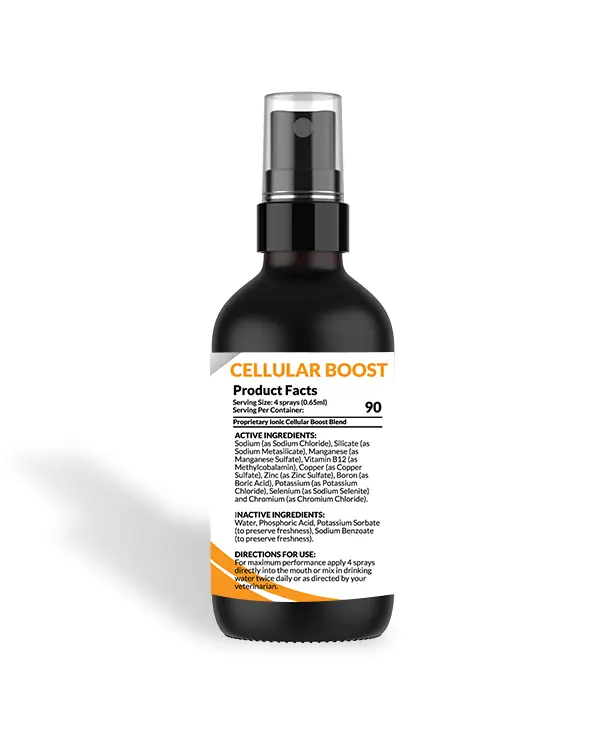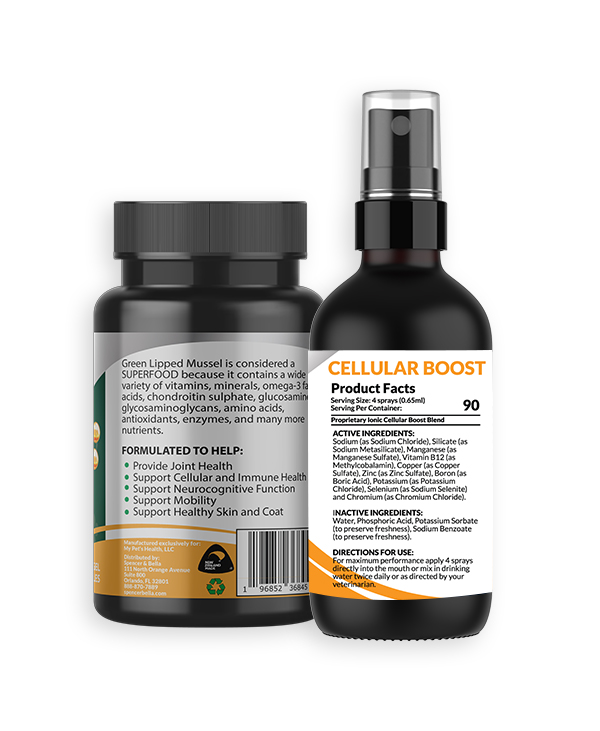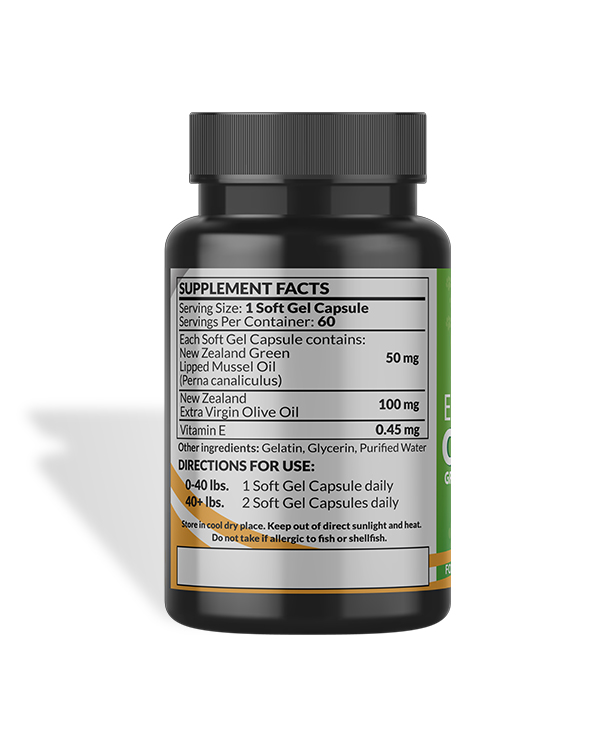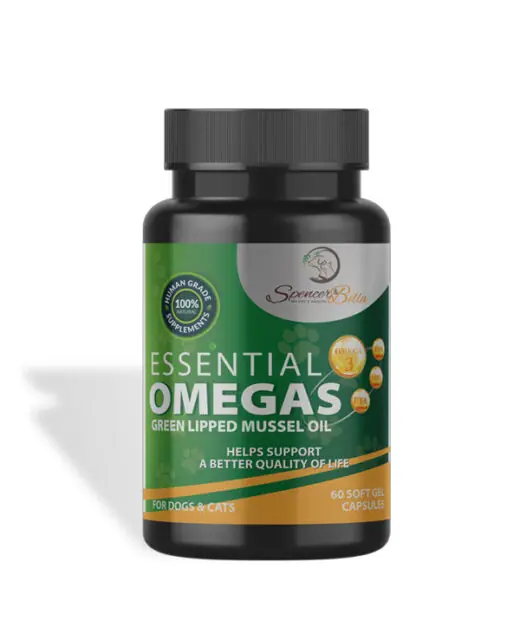Obesity In Dogs
Let´s start off with some basic facts about obesity in dogs. Approximately 25-30% of the general canine population is obese, with 40-45% of dogs aged 5-11 years old weighing in higher than normal. Obesity in pets is one of if not the most important disease processes pet owners must face.
Obesity is caused by an accumulation of excess body fat. If your dog has excess body weight, then your pet probably has excess body fat. If your dog is 10-20% above their ideal body weight, they are overweight. More than 20% would be considered obese. Have you noticed your pet slowing down and more lethargic? Do they lack energy and just lie around? What causes this can be many factors, but obesity is certainly one of them. Just as with people, the heavier a person is the more difficult it is to move around easily and without putting stress on the body.
If your dog is overweight, does it present any health-related issues
Obesity contributes to many other diseases, such as diabetes, heart disease, cancers, and urinary bladder stones and shortens dogs’ lives. Being overweight and obesity set the stage for an increased risk of joint damage and subsequent osteoarthritis (OA), leading to chronic pain. At least 20% of all dogs, regardless of age, show evidence of OA.

What are the risks of obesity?
Obesity shortens a dog’s life and makes them more likely to develop the disease. It was always accepted that heavy dogs lived a shorter lifespan than lean dogs, usually by 6-12 months. One study on Labrador Retrievers, when comparing fit verses overweight, found the overweight dog´s life expectancy was reduced by almost two years.
When considering fat, it was thought to be an inactive tissue that stores excess energy calories that adds to body mass. Now there is scientific evidence that suggests body fat is biologically active and secretes inflammatory hormones. It also creates oxidative stress on the body’s tissues which contribute to diseases.
Fat cells produce a hormone called leptin that gets into the joints and causes inflammation. Leptin may influence the bone changes associated with OA and affect body responses to other hormones that can cause an inability of the body to self-regulate itself. This additional fat that is being stored contributes to inflammation. Moreover, as we all know, inflammation causes pain and can lead to problems like OA and degenerative joint disease.
How can I tell if my dog is overweight or obese?
If you have ever taken your pet to the veterinarian, you saw the Dr. place their hands all over your pet’s body to do a physical exam. They look for signs of lumps, palpitations, and move the limbs to see what stress there is and the associated pain with movement. For weight, there are three key areas of the body they evaluate.
- (1) Just behind the shoulder blades to feel individual ribs using their fingers,
- (2) feeling for a clear indentation at the end of the ribcage, and
- (3) looking at the abdomen to see if there is an upward angle from the end of the breastbone to the pelvis. They also probably weigh your pet to see if any additional weight or weight loss has occurred since the last visit.
This is done to better evaluate the overall health of your pet.
If all these criteria are met, there is a pretty good chance your dog is in good body condition, which contributes to a pain-free lifestyle.

Here is a body condition scoring chart that shows (1) no body fat to (5) excessive body fat over the entire body. Where does your pet fall using this metric? What actions do you need to take to improve the quality of your pet’s life?
Just as we humans have scientific data that shows how to improve overall fitness by proper diet and exercise, the same is true for our pets. For your pet to live a longer and healthier life we need to be conscientious about maintaining the proper diet, exercise, and additionally, loving care.
-
Cellular BOOST
$35.00 - or Subscribe and Save 10% -
Cellular BOOST & Essential OMEGAS Bundle
$84.00 - or Subscribe and Save 10% -
Essential OMEGAS
$49.00 - or Subscribe and Save 10%
The best ways to help reduce pain and keep your pet´s joints lubricated is to give them supplements that are known for helping reduce pain, improve movement, and improve their overall wellbeing. We recommend Cellular BOOST and Essential OMEGAS. Order NOW!











